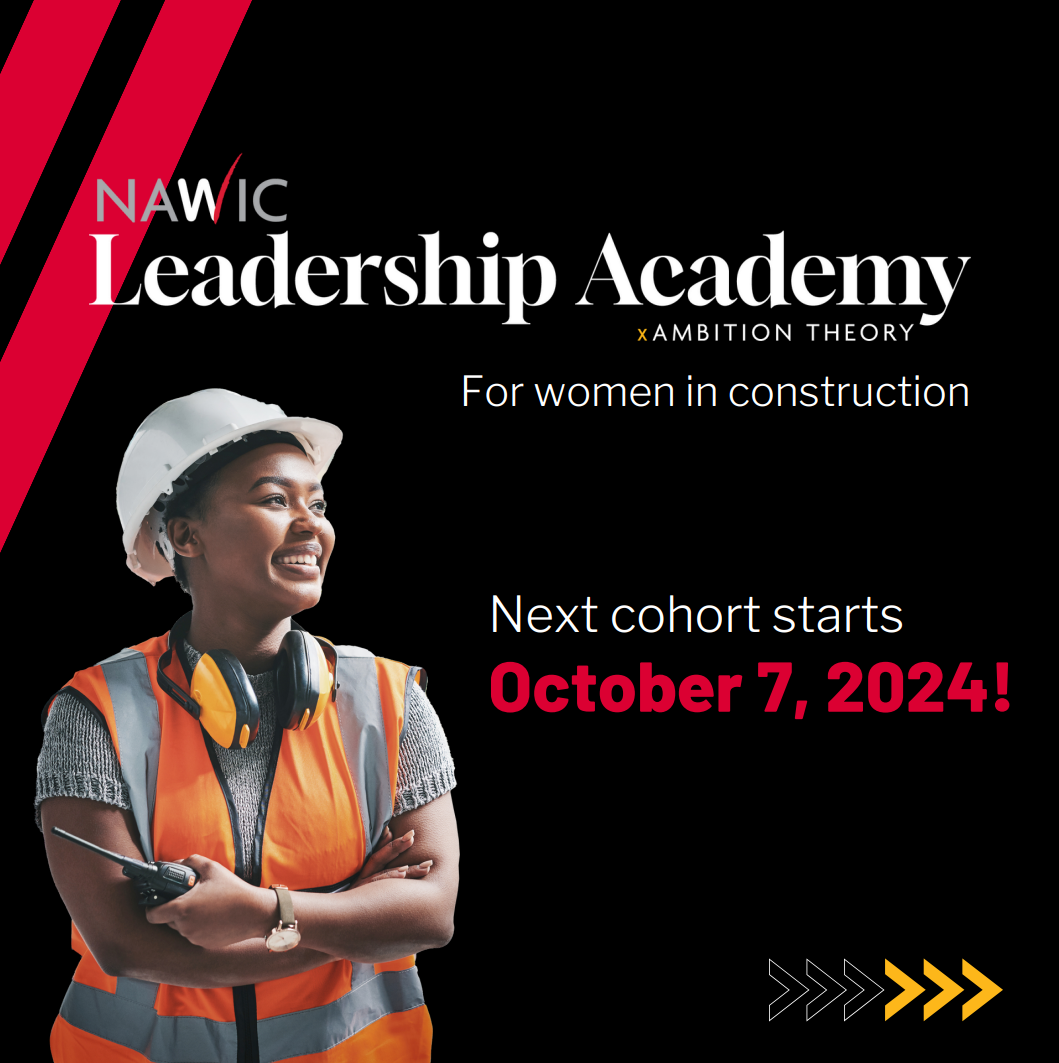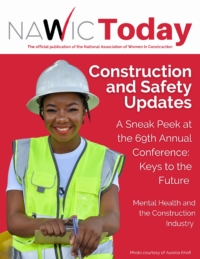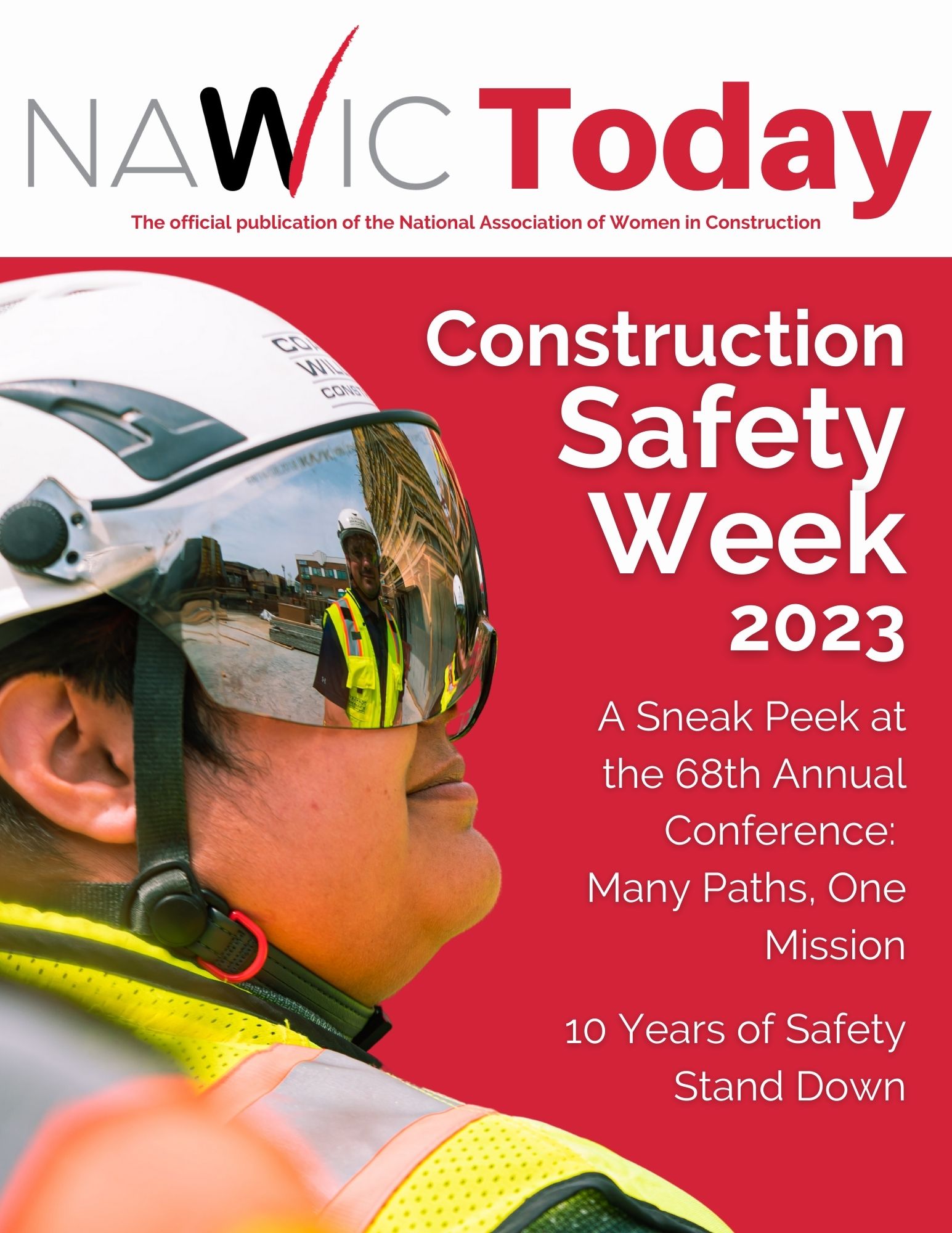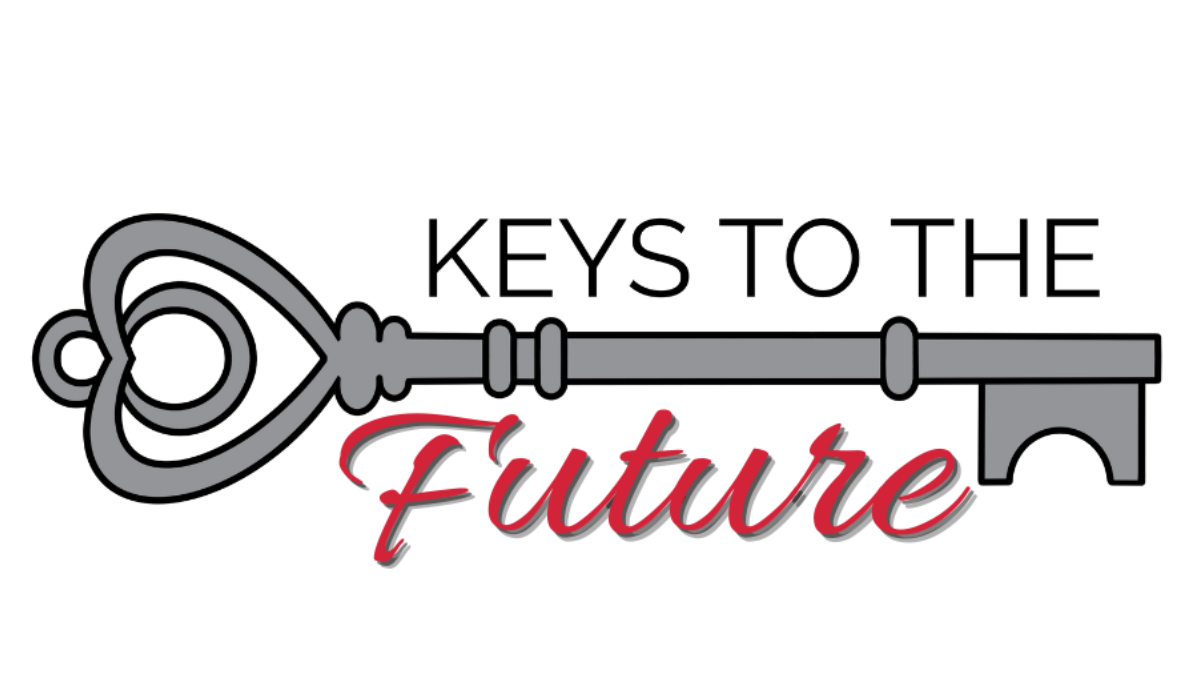Ageism in the construction industry

Addressing ageism in the construction industry requires a combined effort from both employers and policymakers to create inclusive work environments that value workers of all ages and genders. Ageism in the construction industry, particularly against women, is a significant issue that often goes overlooked. Women in construction already face numerous challenges, including stereotypes, lack of representation, and unequal opportunities for advancement. When ageism is added to the mix, it intensifies these challenges.
In many cases, older women in construction may face discrimination based on their age, with employers assuming they may not have the physical stamina or ability to keep up with the demands of the job. This assumption is not only unfair but also ignores the valuable skills, experience, and expertise that older workers bring to the table. Women of Influence+ put spotlight on ageism, states that a survey revealed that nearly 80% of women have encountered age related discrimination in their careers.
The impact on women in construction
Female leaders in construction, particularly those who are older, can face ageism in various ways despite their accomplishments and experience. Here are some common challenges they may encounter:
- Perceived Obsolescence: There can be a perception that older female leaders in construction are less adept at adapting to new technologies or industry trends compared to their younger counterparts. This assumption may undermine their credibility and opportunities for leadership roles.
- Marginalization: Older female leaders may face marginalization or exclusion in decision-making processes within construction companies or industry associations. They may struggle to have their voices heard or to influence key decisions, contributing to a lack of representation at leadership levels.
- Limited Career Advancement: Ageism can hinder the career advancement of older female leaders in construction. They may be passed over for promotions or opportunities for professional development in favor of younger candidates, despite their qualifications and experience.
- Stereotypes and Bias: Older female leaders may encounter stereotypes and biases related to their age and gender. They may be seen as less dynamic, innovative, or capable of leading effectively, based on unfounded assumptions about their abilities.
- Pressure to Step Down: There may be pressure for older female leaders to step down from their leadership positions, either from within the organization or from external stakeholders. This pressure can be driven by ageist attitudes that devalue the contributions of older professionals and prioritize youth over experience.
Reliance on women in the industry
In the last 20 years, older women have significantly increased in the labor force. Five Facts on Older Women in the Labor Market states, “Older women have steadily grown to 10.6 percent of the labor force in April 2023—from a 6.9 percent share two decades prior—as more older women remained in or joined the labor force and as the population overall has grown older.”
Julie Bowman is a prime example of reliance on older women in the industry, yet the hurdles made it to where she had to forge a career for herself in construction. “Even into the late ’80s, women just weren’t estimators,” she says. “I probably worked for 20 or 30 contractors, because I’d wind up stuck in the office answering phones and not what I had applied for simply because I was a girl.” Her advice for navigating a career in the construction industry as a woman. “Don’t back down or second-guess yourself.”
Overall, this further enhances that notion that we should not overlook the importance of older women in the workforce. This can involve implementing policies and initiatives that combat age-based discrimination, fostering mentorship programs, and promoting diverse representation in leadership positions. Taking action and strengthening age discrimination protections.
Supporting female leaders in the construction industry
Supporting women leaders in the construction industry who face ageism requires a blend of personal actions, organizational support, and broader advocacy. Here are steps to demonstrate your support:
- Educate Yourself: Understand the specific hurdles that female leaders encounter in construction, including ageism and the intersection of gender and age discrimination.
- Listen and Amplify: Listen to the experiences of female leaders in construction, amplify their voices, and share their accomplishments and perspectives within your professional and social circles.
- Challenge Stereotypes: Address ageist beliefs and stereotypes in discussions, meetings, and workplace policies.
- Promote Inclusion: Advocate for inclusive measures such as mentorship programs, leadership opportunities, and diversity training.
- Offer Support: Provide guidance and mentorship to female leaders in construction, particularly those facing ageism, to advance their careers.
- Create Networking Opportunities: Facilitate networking for female leaders in construction to connect, exchange experiences, and offer mutual assistance.
- Address Bias in Recruitment and Advancement: Support equitable recruitment and promotion approaches to combat ageism and gender bias.
- Advocate for Change: Push for diversity, equity, and inclusion programs in your workplace and industry to combat ageism.
- Be an Ally: Support women leaders in construction, speak out against discrimination, offer practical assistance, and advocate for policy reforms.
- Continuous Learning: Stay informed about best practices in workplace diversity and consistently strive to improve your allyship efforts.
Diversity and advocacy through NAWIC
As the leading organization for women in the industry, the National Association of Women in Construction (NAWIC) advocates for all women in the construction industry. NAWIC members have access to resources provided by the NAWIC DEI Committee. Want to know more about how to build diversity in construction? Visit nawic.org to learn more.
NAWIC provides support, networking and mentorship, leadership training and educational opportunities for more than 5,500 members in 120 chapters across the U.S. Want to know more? Contact a chapter near you.





